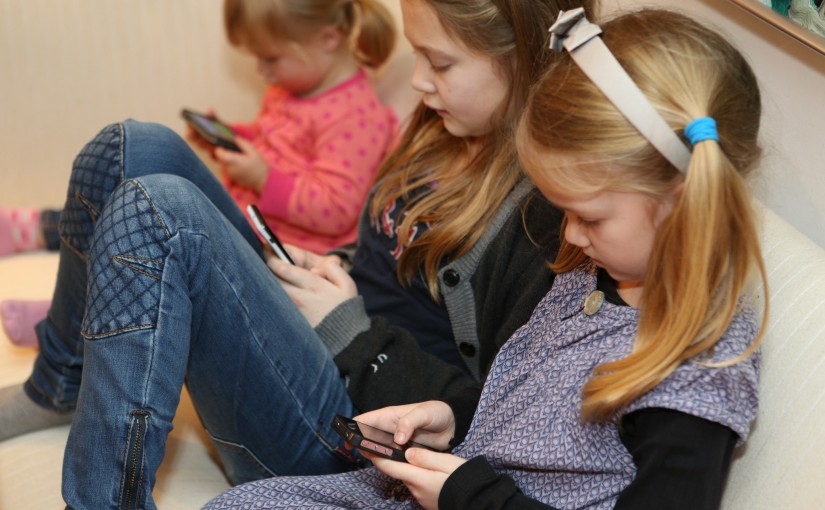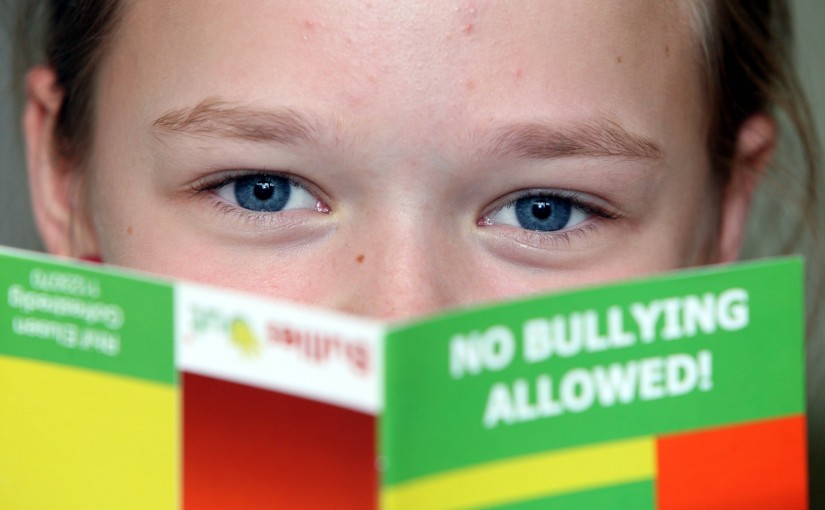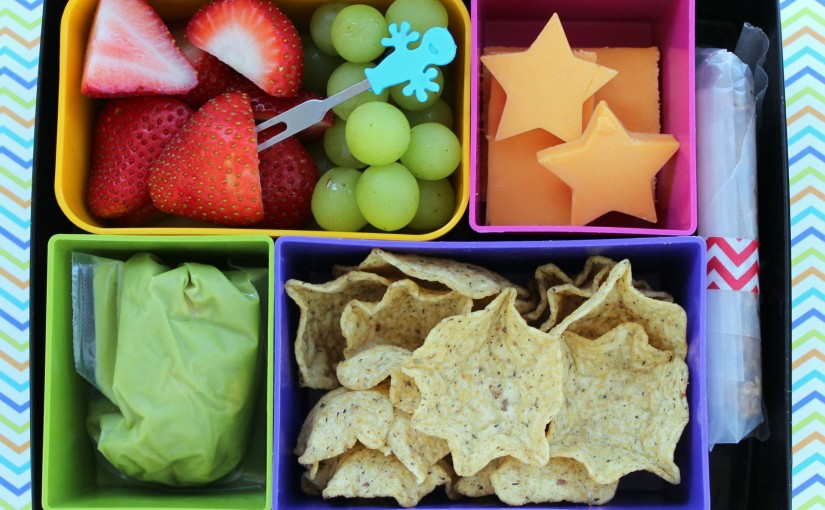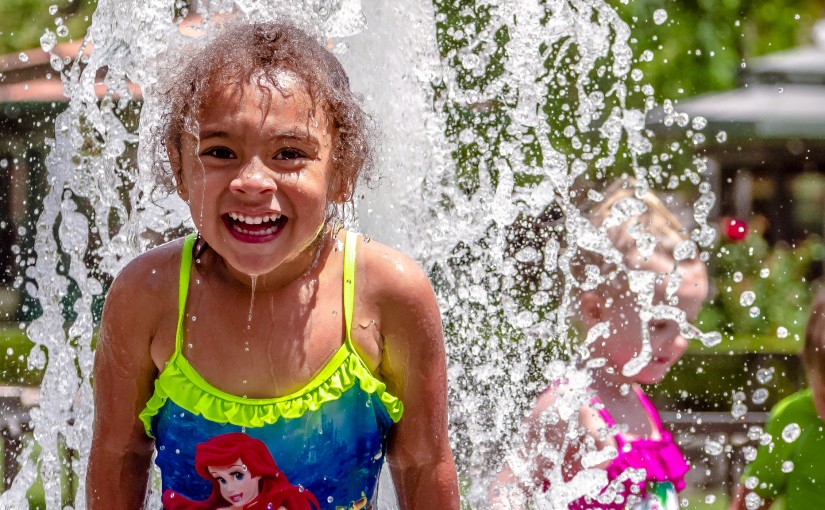Tag: Parents
-

20 Ways to Spice Up Your Kids Lunchbox
Providing lunch for your children can be a challenge. Peanut butter and jelly sandwiches quickly get old and they are not the most healthy option. Packaged lunch alternatives often contain additives and preservatives as well as unnecessary amounts of trans-fats, salt and sugar. So, as a health-conscious parent who is attempting to provide a…
-

The Benefits of Playdates for Autistic Children
For children with autism, it can be a challenge to make social connections with peers. For their parents, helping these children learn to play with others well is a common challenge. But like most things in life, children with autism can improve their skills for playing and socializing with practice. Which is a wonderful thing,…
-

Using Devices in Elementary Years
When you think of children in the classroom, it is likely that your mind turns to studious heads bent low over notebooks, textbooks and worksheet handouts. It is likely you think of children turning in handwritten assignments, and if they are very young, learning to read and write like you did as a child. It…
-

How to Handle Bullying Situations In School
According to DoSomething.org, a whopping 3.2 million students are bullied each year. Most teachers want to help, but we can’t always prevent bullying situations from occurring, but we can be prepared to handle bullying properly when it does take place. Here are some tips to handle bullying situations involving your students: Responding to Acts…
-

Bullying: Advice for Parents and Teachers
What is Bullying? Put simply, bullying is when one child picks on another child. Bullying is defined as any unwanted, aggressive behavior from one or more children, toward another child or children. Bullying is often not an isolated event, but rather is repeated, or has the potential to be repeated. Bullying can happen in various…
-

Family Literacy Day
Every year on January 27, Canada celebrates Family Literary Day. This annual awareness event was created by ABC Life Literacy Canada in 1992 with the mission of spreading word about the importance of reading and engaging in literacy-related activities as a family. Literacy levels in Canada have become a serious issue. Here are some literacy…
-

Fun & Healthy Lunchbox Ideas for Kids
Many studies have proven that children need to eat a nutritious breakfast in order to perform well at school, but what most parents don’t realise is that having a healthy, balanced lunch is just as important. Children need a nutritious meal in the middle of the day to re-boost their concentration and give them the…
-

22 Fun Activities for Summer
We all know that the novelty of not going to school wears off after a few days, before the ‘bored’ whining sets in, so be prepared with some great ideas for outdoor activities to keep boredom at bay, and raise your children’s Vitamin D levels! Outdoor activities don’t have to be expensive or elaborate. From…
-

Help Your Special Needs Children Get Back to School
The back-to-school season can be a rough transition for any child—especially when they’re headed for a new school. But when your child has special needs, a new environment can cause extra anxiety. Fortunately, there’s plenty you can do to prepare your special needs child for a new school now to lessen your child’s stress when…